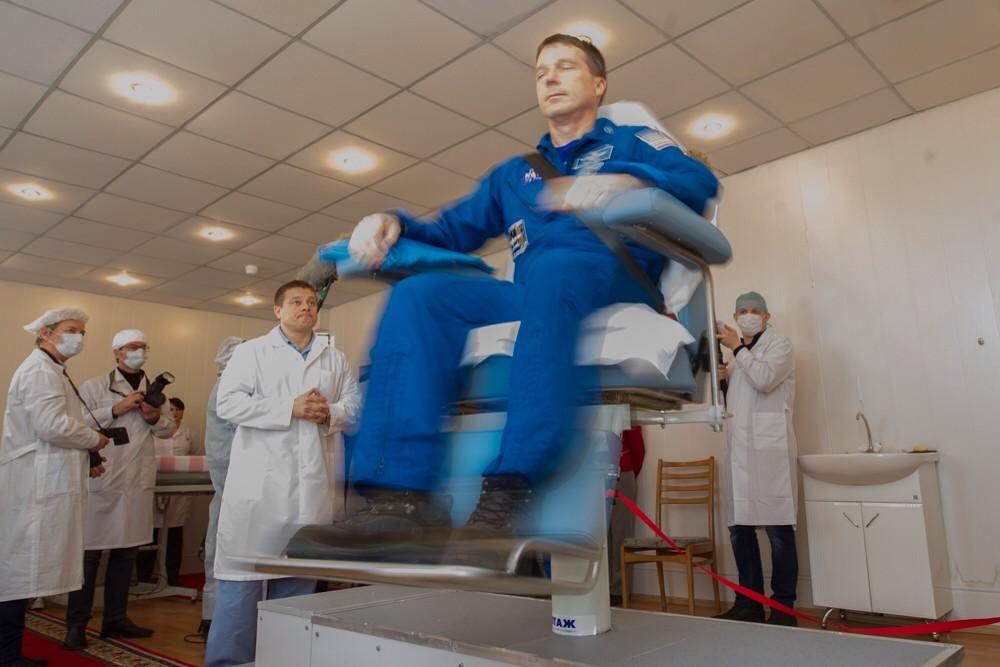According to theverge.com, the August is a new "smart lock" that uses computer code as its key. The code can be changed as often as you like for security, or shared for sociability. If you're away on business and still need to let the dog walker in, you can text them the unlock-code, and then have it auto-destruct after a desired time.
| All prospective thieves see is a shiny silver stop sign. (Image courtesy core77.com.) |
August co-founder and CEO Jason Johnson feels he is filling an important niche. He explained, "The past two years I've been working on this, if there is a phrase I've heard more than anything, it's 'I hate keys.'"
Despite the lack of launch date, the August Smart Lock will retail for $199, and the compatible software will be free for consumers (although the company does plan to charge for business use of its program.) It is compatible with iOS (and soon Android) devices via Bluetooth, and the development team has claimed it will eventually also be operable via your other Bluetooth-enabled devices.
It may take some time for the concept of a hackable (rather than pickable) lock to catch on, but as homes go further into everyday technological territory, it could become an attractive option. Just remember to keep your phone charged, or you're sleeping on the porch.
 |
| Seriously, charge your phone. Bowser doesn't like to snuggle. (Image courtesy smith-wessonforum.com.) |



